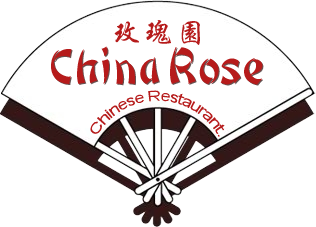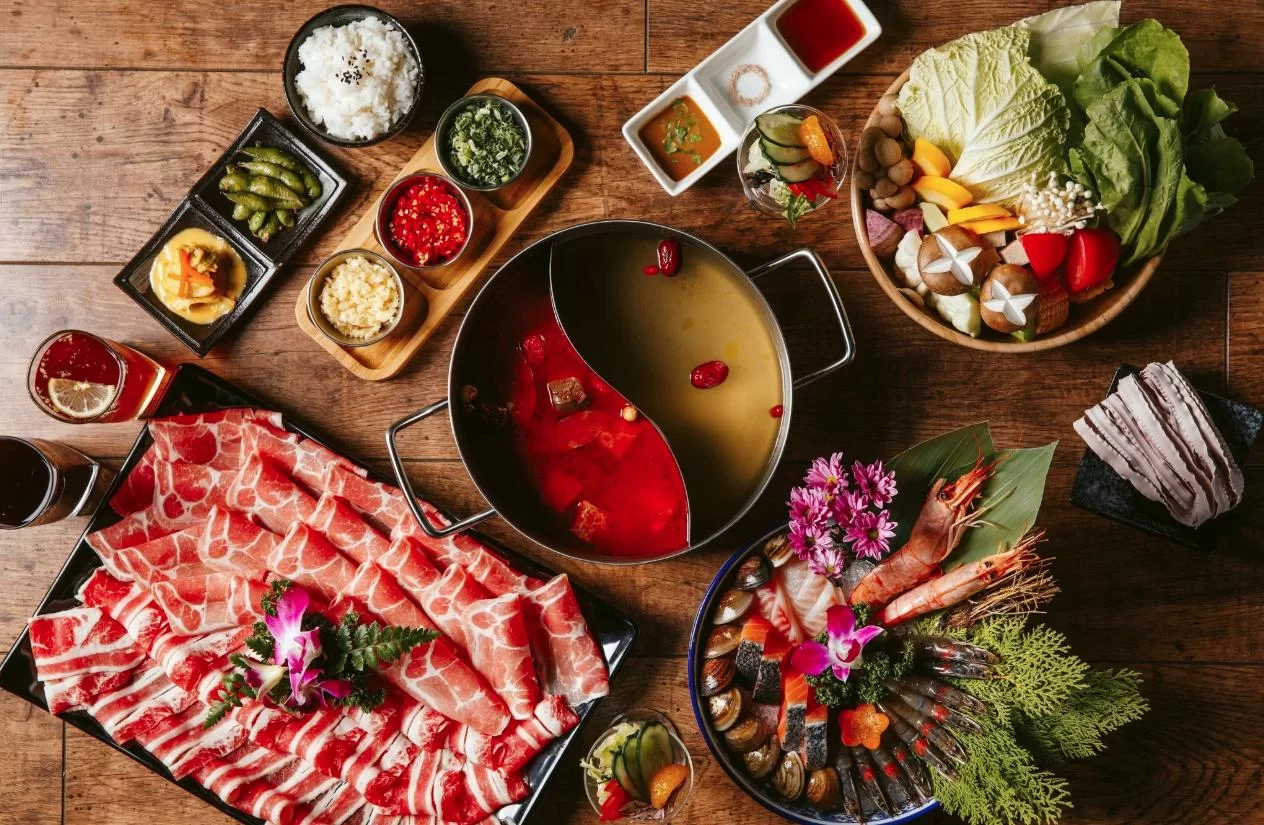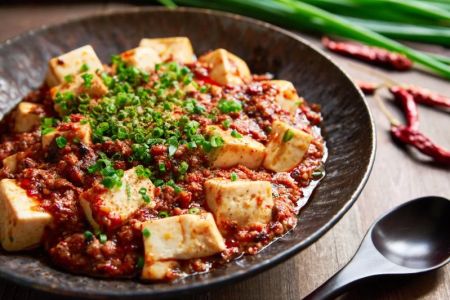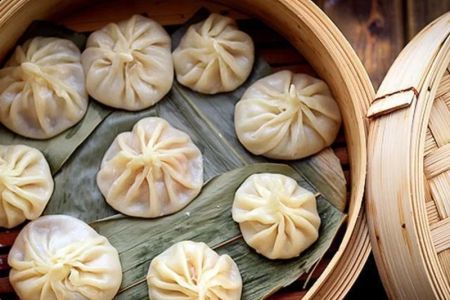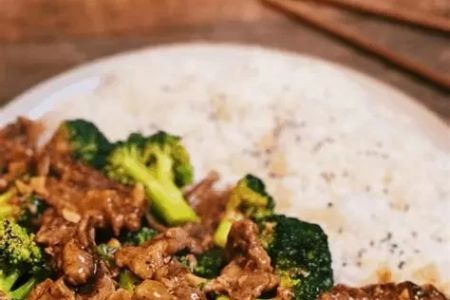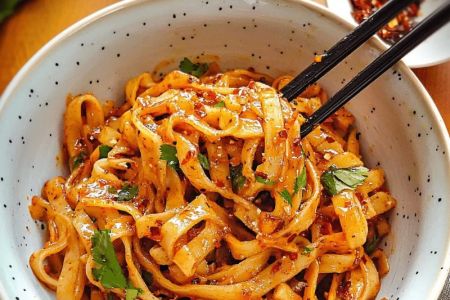- 1-Early-Chinese-Immigrants-Introducing-Cuisine
- 2-How-Chinese-Cuisine-Adapted-in-America
- 3-Key-Figures-and-Restaurants-in-Chinese-Food-History
- 4-Cultural-Impact-and-Evolution-Over-Time
- 5-Finding-Authentic-Chinese-Food-Today
1. Early Chinese Immigrants Introducing Cuisine
The story of who brought Chinese cuisine to America is inseparable from the waves of Chinese immigrants who arrived during the mid-19th century, particularly during the California Gold Rush era. Many of these immigrants were laborers who came seeking work on railroads and in mining camps, and they brought with them not only their hopes but also their culinary traditions.
These early immigrants introduced American communities to dishes that reflected regional Chinese cooking, primarily Cantonese styles from southern China. Cooking was often done communally, and food became a way to maintain cultural identity amid challenging conditions.
1.1 The First Chinese Restaurants
By the 1850s, the first Chinese restaurants started appearing in cities like San Francisco. These establishments catered both to fellow immigrants longing for familiar tastes and to curious non-Chinese customers. They played a pivotal role in spreading Chinese food culture across the United States.
2. How Chinese Cuisine Adapted in America
Chinese cuisine in America did not remain static. As Chinese immigrants settled, they adapted their recipes and cooking techniques to available ingredients and American palates. This adaptation gave rise to iconic dishes such as chop suey and General Tso’s chicken, which have become staples of Chinese-American dining.
The need to appeal to a broader audience led to modifications, sometimes simplifying complex flavors or inventing new dishes entirely. This culinary evolution made Chinese food more accessible but also sparked debates about authenticity that continue today.
2.1 Influences from Regional Chinese Cooking
While Cantonese cuisine dominated early Chinese-American food, immigrants from other regions gradually influenced the variety, bringing Szechuan, Hunan, and other styles into the mix.
3. Key Figures and Restaurants in Chinese Food History
Throughout history, certain individuals and restaurants have shaped the presence of Chinese cuisine in America. Restaurateurs who introduced innovative dishes or opened landmark eateries contributed to popularizing Chinese food nationwide.
Stories of pioneering chefs and entrepreneurs reflect the perseverance and creativity behind establishing Chinese cuisine as a beloved part of American food culture.
3.1 Notable Establishments
Restaurants such as San Francisco’s “Hang Ah Tea Room” (established in 1920) symbolize the legacy and endurance of Chinese culinary traditions in the U.S.
4. Cultural Impact and Evolution Over Time
Chinese cuisine’s journey in America mirrors broader social and cultural dynamics, including immigration patterns, discrimination, and cultural exchange. Food became a bridge connecting communities and an avenue for economic opportunity.
Today, Chinese food enjoys widespread popularity and has influenced mainstream American eating habits, showing the profound impact of those early immigrants who first brought their recipes and cooking knowledge to U.S. shores.
5. Finding Authentic Chinese Food Today
For those curious about experiencing authentic Chinese cuisine, numerous cities across America offer vibrant Chinatown districts and diverse dining options that reflect traditional cooking. Whether seeking classic dim sum or regional specialties, exploring these culinary landscapes reveals the rich history behind Chinese food in America.
For more guidance on discovering authentic Chinese restaurants and food products, visit Chinese Food to find trusted recommendations and expert insights tailored to your taste and interest.
